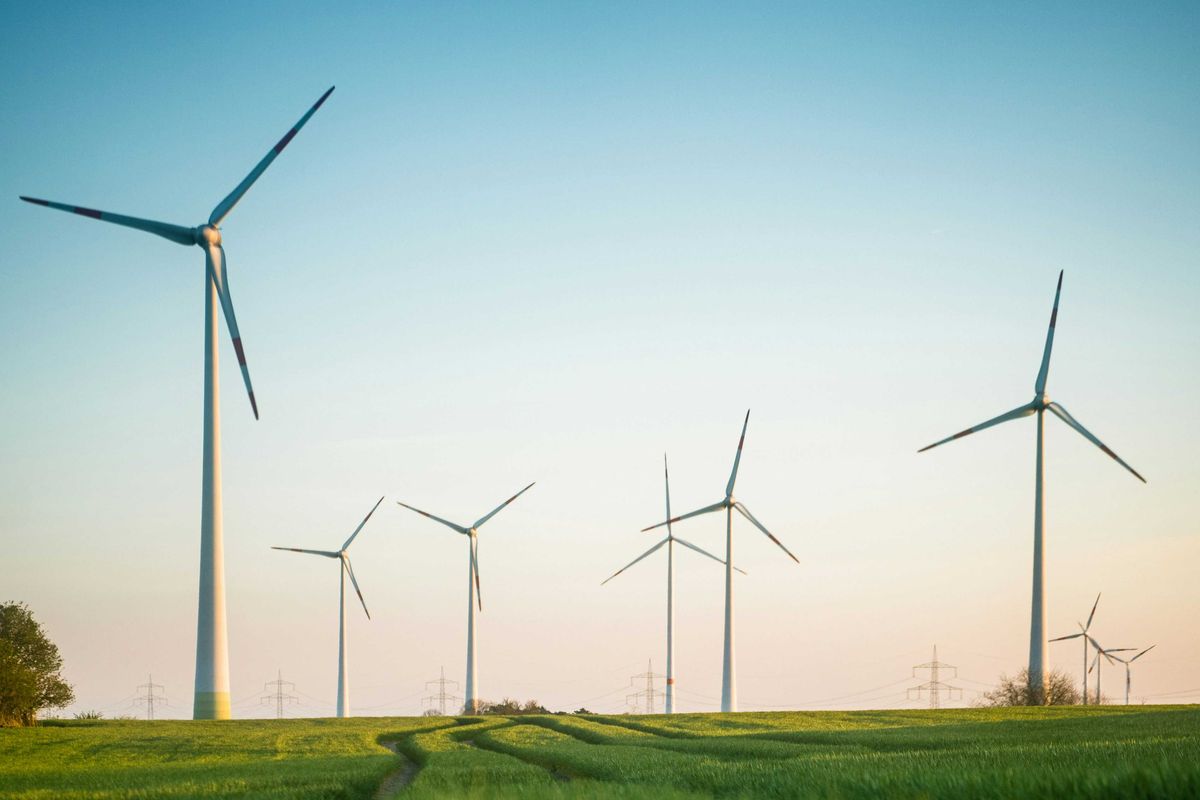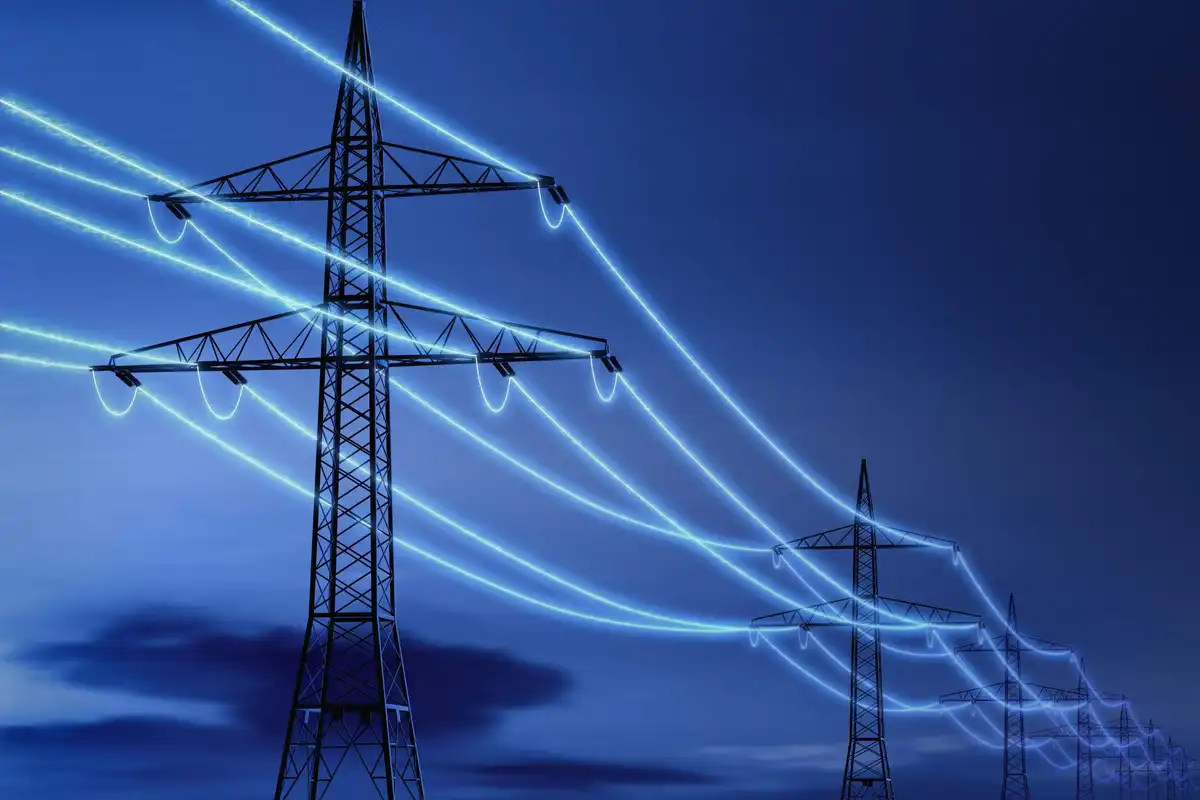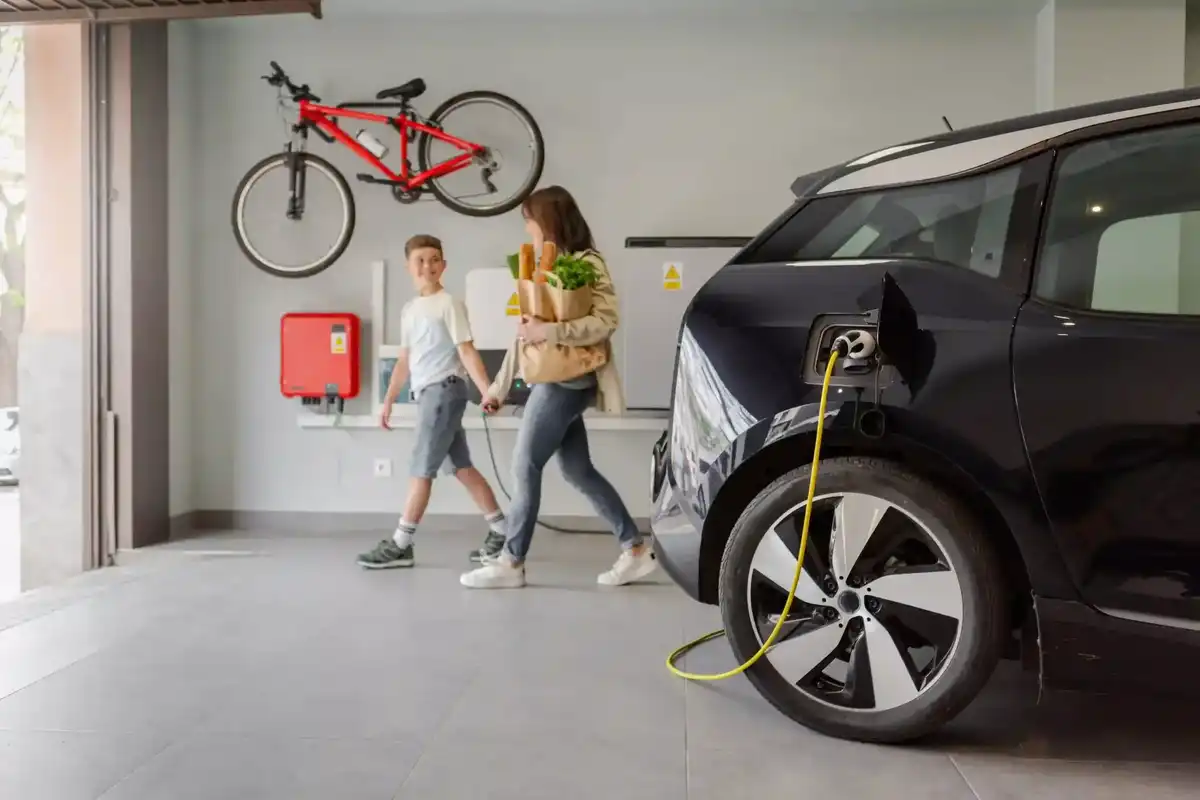Yes and no.
Yes, because there is real money, and action, behind it.
Globally, there are 600 projects on the books to build electrolyzers, which separate the oxygen and hydrogen in water, and are critical to creating low-emissions “green hydrogen.” That investment could drive down the cost of low-emissions hydrogen, making it cost competitive with conventional fuels—a major obstacle to its development so far.
In addition, oil companies are interested, too. The industry already uses hydrogen for refining; many see hydrogen as supplemental to their existing operations and perhaps, eventually, supplanting them. In the meantime, it helps them to decarbonize their refining and petrochemical operations, which most of the majors have committed to doing.
Indeed, hydrocarbon-based companies and economies could have a big opportunity in “blue hydrogen,” which uses fossil fuels for production, but then captures and stores emissions. (“Green hydrogen” uses renewables; because it is expensive to produce, it is more distant than blue. “Gray hydrogen” uses fossil fuels, without carbon capture; this accounts for most current production and use.) Oil and gas companies have a head start on related infrastructure, such as pipelines and carbon capture, and also see new business opportunities, such as low-carbon ammonia.
Houston, for example, which likes to call itself the "energy capital of the world,” is going big on hydrogen. The region is well suited to this. It has an extensive pipeline infrastructure, an excellent port system, a pro-business culture, and experience. The Greater Houston Partnership and McKinsey—both of whom I am associated with—estimate that demand for hydrogen will grow 6 to 8 percent a year from 2030 to 2050. No wonder Houston wants a piece of that action.
There are promising, near-term applications for hydrogen, such as ammonia, cement, and steel production, shipping, long-term energy storage, long-haul trucking, and aviation. These bits and pieces add up: steel alone accounts for about 8 percent of global carbon-dioxide emissions. Late last year, Airbus announced it is developing a hydrogen-powered fuel cell engine as part of its effort to build zero-emission aircraft. And Cummins, a US-based engine company, is investing serious money in hydrogen for trains and commercial and industrial vehicles, where batteries are less effective; it already has more than 500 electrolyzers at work.
Then there is recent US legislation. The Infrastructure, Investment and Jobs Act (IIJA) of 2021 allocated $9.5 billion funding for hydrogen. Much more important, though, was last year’s Inflation Reduction Act, which contains generous tax credits to promote hydrogen production. The idea is to narrow the price gap between clean hydrogen and other, more emissions-intensive technologies; in effect, the law seeks to fundamentally change the economics of hydrogen and could be a true game-changer.
This is not without controversy: some Europeans think this money constitutes subsidies that are not allowed under trade rules. For its part, Europe has the hydrogen bug, too. Its REPowerEU plan is based on the idea of “hydrogen-ready infrastructure,” so that natural gas projects can be converted to hydrogen when the technology and economics make sense.
So there is a lot of momentum behind hydrogen, bolstered by the ambitious goals agreed to at the most recent climate conference in Egypt. McKinsey estimates that hydrogen demand could reach 660 million tons by 2050, which could abate 20 percent of total emissions. Total planned production for lower-emission green and blue hydrogen through 2030 has reached more than 26 million metric tons annually—quadruple that of 2020.
No, because major issues have not been figured out.
The plans in the works, while ambitious, are murky. A European official, asked about the REPowerEU strategy, admitted that “it’s not clear how it will work.” The same can be said of the United States. The hydrogen value chain, particularly for green hydrogen, requires a lot of electricity, and that calls for flexible grids and much greater capacity. For the United States to reach its climate goals, the grid needs to grow an estimated 60 percent by 2030.That is not easy: just try siting new transmission lines and watch the NIMBY monsters emerge.
Permitting can be a nightmare, often requiring separate approvals from local, state, interstate, and federal authorities, and from different authorities for each (air, land, water, endangered species, and on and on); money does not solve this. Even a state like Texas, which isn’t allergic to fossil fuels and has a relatively light regulatory touch, can get stuck in permitting limbo. Bill Gates recently noted that “over 1,000 gigawatts worth of potential clean energy projects [in the United States] are waiting for approval—about the current size of the entire U.S. grid—and the primary reason for the bottleneck is the lack of transmission.”
Then there is the matter of moving hydrogen from production site to market. Pipeline networks are not yet in place and shifting natural gas pipelines to hydrogen is a long way off. Liquifying hydrogen and transporting is expensive. In general, because hydrogen is still a new industry, it faces “chicken or egg” problems that are typical of the difficulties big innovations face, such as connecting hydrogen buyers to hydrogen producers and connecting carbon emitters to places to store the carbon dioxide. These challenges add to the complexity of getting projects financed.
Finally, there is money. McKinsey estimates that getting on track to that 600 million tons would require investment of $950 billion by 2030; so far, $240 billion has been announced.
Where I stand: in the middle.
I believe in hydrogen’s potential. More than 3 years ago, I wrote about hydrogen, arguing that while there had been real progress, “many things need to happen, in terms of policy, finance, and infrastructure, before it becomes even a medium-sized deal.” Now, some of those things are happening.
So, I guess I land somewhere in the middle. I think 2023 will see real progress, in decarbonizing refining and petrochemicals operations and producing ammonia, specifically. I am also optimistic that a number of low-emissions electrolysis projects will move ahead. And while such advances might seem less than transformative, they are critical: hydrogen, whether blue or green, needs to prove itself, and 2023 could be the year it does.
Because I take hydrogen’s potential seriously, though, I also see the barriers. If it is to become the big deal its supporters believe it could be, that requires big money, strong engineering and construction project management, sustained commitment, and community support. It’s easy to proclaim the wonders of the hydrogen economy; it’s much more difficult to devise sensible business models, standardized contracts, consistent incentives, and a regulatory system that doesn’t drive producers crazy. But all this matters—a lot.
My conclusion: there will be significant steps forward in 2023—but take-off is still years away.
------
Scott Nyquist is a senior advisor at McKinsey & Company and vice chairman, Houston Energy Transition Initiative of the Greater Houston Partnership. The views expressed herein are Nyquist's own and not those of McKinsey & Company or of the Greater Houston Partnership. This article originally ran on LinkedIn.








 Air Liquide and Hyundai agreed to expand hydrogen refuelling networks, storage capacity and more at a meeting in Seoul last week. Photo courtesy Air Liquide.
Air Liquide and Hyundai agreed to expand hydrogen refuelling networks, storage capacity and more at a meeting in Seoul last week. Photo courtesy Air Liquide.

